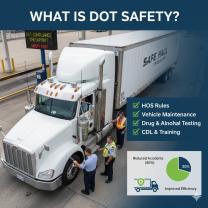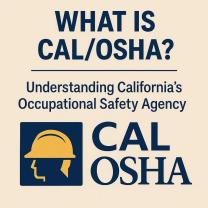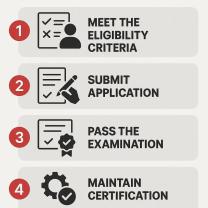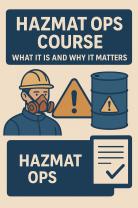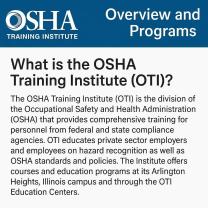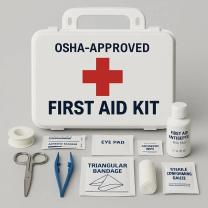How to prevent a reckless driving accident?
Preventing reckless driving accidents involves adopting safe driving practices and promoting responsible behavior on the road. Reckless driving is characterized by aggressive and careless actions that pose a danger to oneself and others. Here are some safety measures to prevent reckless driving accidents:
Follow Traffic Laws:
- Adhere to posted speed limits, traffic signals, and other road signs. Traffic laws are designed to ensure the safety of all road users.
Avoid Distractions:
- Keep your focus on the road and avoid distractions such as texting, talking on the phone, or using other electronic devices while driving.
Stay Calm and Patient:
- Avoid aggressive behaviors like tailgating, cutting off other drivers, and engaging in road rage. Stay calm and patient, even in challenging traffic situations.
Maintain a Safe Following Distance:
- Keep a safe distance from the vehicle in front of you to allow for adequate reaction time in case of sudden stops or changes in traffic.
Use Turn Signals:
- Indicate your intentions by using turn signals well in advance. Clear communication helps other drivers anticipate your actions.
Observe Right-of-Way:
- Yield the right-of-way as required, especially at intersections and crosswalks. Be courteous to other drivers and pedestrians.
Avoid Aggressive Driving:
- Steer clear of aggressive driving behaviors, such as excessive speeding, weaving in and out of traffic, and making abrupt lane changes.
Obey Speed Limits:
- Adhere to posted speed limits, and adjust your speed based on road conditions, weather, and visibility.
Stay Sober:
- Never drive under the influence of alcohol, drugs, or any substances that impair your ability to operate a vehicle safely.
Use Seatbelts:
- Always wear seatbelts and ensure that all passengers do the same. Seatbelts are crucial for reducing injuries in the event of an accident.
Check Blind Spots:
- Regularly check blind spots by adjusting mirrors and physically turning your head before changing lanes or making turns.
Be Mindful of Pedestrians and Cyclists:
- Watch for pedestrians and cyclists, especially at intersections and crosswalks. Give them the right-of-way and exercise caution in areas where they are present.
Educate and Promote Safety:
- Encourage safe driving practices among family, friends, and colleagues. Be an advocate for responsible driving in your community.
Take Defensive Driving Courses:
- Consider taking defensive driving courses to enhance your skills and reinforce safe driving habits.
Report Reckless Driving:
- If you witness reckless driving, report it to the appropriate authorities. Providing information about dangerous behavior can help prevent accidents and ensure road safety.
By consistently practicing these safety measures and promoting responsible driving habits, individuals can contribute to preventing reckless driving accidents and creating a safer road environment for everyone. Additionally, community-wide efforts, educational programs, and law enforcement initiatives play vital roles in curbing reckless driving behaviors.
What measures can be taken to prevent reckless driving accidents?
Preventing reckless driving accidents requires a multifaceted approach, addressing both individual behavior and the broader transportation system. Here are some key measures:
Individual Level:
- Education and awareness: Public awareness campaigns can highlight the dangers of reckless driving and its consequences for drivers, passengers, and other road users.
- Stricter driver licensing: Implementing stricter licensing requirements, including thorough driving tests and psychological evaluations, can help identify potentially dangerous drivers.
- Graduated driver's license programs: These programs impose restrictions on young drivers, such as nighttime curfews and passenger limits, to reduce their risk of accidents during their early driving years.
- In-vehicle technology: Technological advancements like lane departure warnings, forward collision warnings, and automatic emergency braking can help prevent accidents caused by distracted or reckless driving.
- Zero-tolerance policies for alcohol and drug-impaired driving: Strict enforcement of DUI laws and harsh penalties for offenders can deter drunk and drugged driving.
System Level:
- Enhanced road design: Implementing traffic calming measures like speed bumps, roundabouts, and narrower lanes can encourage slower speeds and reduce the severity of accidents.
- Improved infrastructure: Investing in better roads, lighting, and signage can improve visibility and reduce hazards that could contribute to reckless driving.
- Advanced traffic management systems: Utilizing real-time traffic data and variable speed limits can help manage traffic flow and prevent congestion, which can lead to frustration and reckless behavior.
- Effective enforcement of traffic laws: Consistent and strict enforcement of speeding, aggressive driving, and other traffic violations can deter reckless behavior and hold offenders accountable.
- Support for alternative transportation: Providing accessible and affordable public transportation, cycling infrastructure, and carpooling options can reduce reliance on individual vehicles and potentially decrease reckless driving incidents.
Additional Measures:
- Community outreach programs: Engaging with communities and addressing the root causes of reckless driving, such as social pressures and lack of positive alternatives, can lead to long-term behavioral changes.
- Victim impact programs: Allowing victims of reckless driving accidents to share their stories can raise awareness and encourage responsible driving behavior.
- Research and development: Continued research into the causes and prevention of reckless driving accidents can inform future policy and technological solutions.
Remember, preventing reckless driving accidents requires a collaborative effort from individuals, communities, and government agencies. By implementing a combination of these measures, we can create safer roads for everyone.


